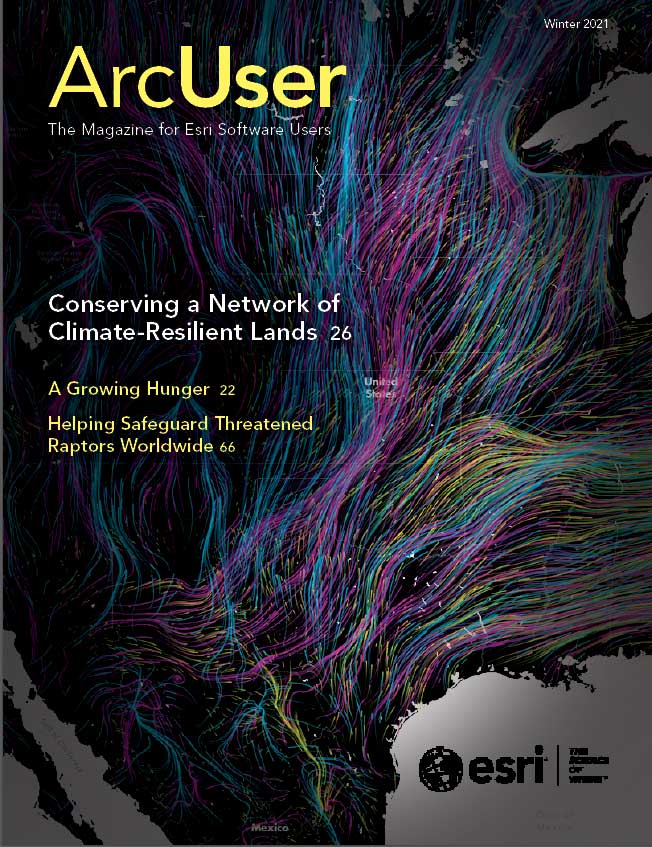Many people consider Peter Drucker the founder of modern management. “What gets measured, gets improved,” is one of his many famous quotes. However, many organizations that focus on measuring specific performance factors that are thought to support desired outcomes often overlook the holistic view. GIS delivers that holistic view.
Cartographers have been using maps and other visualization techniques to convey complex information for centuries. GIS, the technology behind modern mapping, takes advantage of cartographic techniques. Nearly every digital map you see today is powered by GIS and can incorporate advanced cartographic capabilities, such as smart mapping. These capabilities democratize mapping. You can make meaningful maps and apps that help you discover patterns and hidden information in your data and easily communicate these insights to others.
Perhaps the most viewed GIS application in world history is the COVID-19 Dashboard by the Center for Systems Science and Engineering at Johns Hopkins University. What makes this dashboard so powerful? It changes how we see the pandemic. It gives us a new understanding of COVID-19—not just the what, but the where, how much, and how fast.
Dashboards, a key component of GIS, improve decision-making by visualizing and analyzing data to support less biased and more science-based action. Another special thing about dashboards is that they are interactive. If information about an exact measurement is not provided, you can use the dashboard to explore views of the data and perform analyses to uncover it.
Data from outside the organization can be incorporated. With data enrichment—or when using map-based data, geoenrichment—allows the near limitless use of data from an organization or real-time feeds for traffic or weather. Dashboards can be used to explore, augment, and analyze data and utilize sophisticated models.
Not long ago, designing and publishing maps, deploying apps on mobile devices, or building dashboards meant custom development—a time-consuming and costly undertaking. Now maps, apps, and dashboards, which are all GIS components, can be configured. This means existing solutions and workflows can be modified to meet an organization’s unique needs without coding.
Geospatial infrastructure is data and services delivered via modern architected technology. An organization’s geospatial infrastructure enables it to take full advantage of all the capabilities of GIS. These capabilities not only include maps, apps, and dashboards, but also a platform for sharing and collaborating that keeps everyone connected and informed and delivers a holistic view to the entire organization.
Setting up a geospatial infrastructure for your organization allows you to quickly deploy new maps, apps and dashboards and configure them for your specific needs. Using additional analytical components, such as ArcGIS Insights, provides deeper analysis and improved visualization. ArcGIS Hub enhances sharing and collaboration outside your organization. Properly architected geospatial infrastructure eliminates multiple point solutions and delivers nearly limitless new capabilities for you that improve your organization’s understanding.
Measuring performance is important but doesn’t deliver understanding. Understanding is what organizations need and GIS can improve it.





